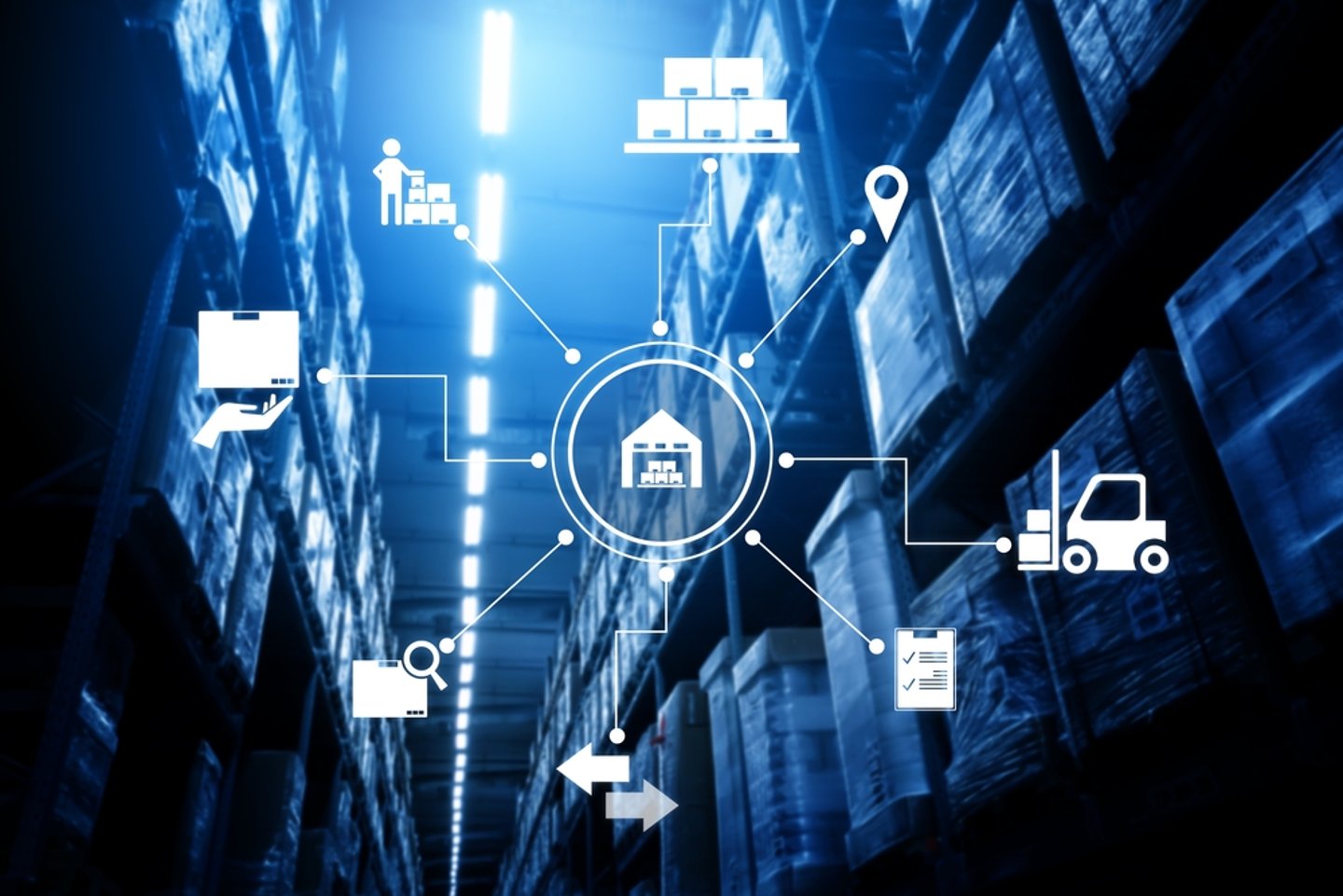Innovating Category Management: The Impact of Near Real-Time Data
The robot’s journey to establish its presence in retail stores is a decade in the making. It’s a slow progression caused by human factor perception and a pandemic, as well as the fact that it’s a traditionally slow industry to adopt and a complex problem to solve. The main challenge is showing a viable return on investment. Retailers’ ROI can only be achieved when the solution can autonomously collect data accurately and repeatedly on a large scale.
All of these factors have contributed to the slow adoption of robots in retail stores. Although some retailers are exiting pilots with a firm no, we’re starting to see more regional adoption grow, with most large retailers still on the sidelines.
[Read more: “SPECIAL REPORT: How Automation Is Changing the Grocery Game”]
Robots have a long-term role in retail, but they’ll take new forms, expand to address more complex use cases and have a clearer ROI.
Expansion
After several key players left the market, only a handful of original robot companies remain. These companies are now expanding beyond just a few store pilots and are gradually increasing their store counts. However, the majority of adopters of these robots are smaller regional retailers and chains.
The companies that offer multiple solutions, such as spill detection and floor sweeping, are seeing faster growth in store counts.
Almost all of the remaining players have a global presence, with a store count hovering around 100 across different retailers and robot functions. Only a few have managed to reach the century mark in store count for a single banner, however.
Fixed Cameras …
The robotic solution was always meant to be transitional and short-term in its current form. Eventually, fixed cameras will be able to scale and relieve robots of their current duties. Fixed-camera solutions are starting to show signs of scale capabilities. There are reports of them scaling across a major retailer, and I look forward to learning more about success stories driven by near real-time shelf data from this deployment.
[Read more: "Converting Browsers Into Buyers With Shelf-Edge Solutions"]
… Or Not So Fixed
A new hybrid solution – a movable fixed camera on a track inside a tube – is showing promise. It combines the benefits of robots and fixed cameras and provides a viable alternative with the potential to go the distance. One camera on a track can cover a whole side of an aisle. This new creation minimizes challenges brought by robots navigating a store and overcomes obstacles encountered by fixed cameras or handheld devices. It builds on the strength of robots and fixed cameras while eliminating their drawbacks.
Handheld Capture
The number of providers offering handheld image-capture applications for smartphones and tablets is increasing rapidly, creating a crowded market with erratic messaging about capabilities.
With the advancements in computer vision and services provided by companies like Google and Microsoft, along with upgraded camera hardware available on mobile devices and the inclusion of LIDAR capabilities, it has become easier to digitize the store. These technologies make it more accessible and possible to gain store insights rapidly.
A few solutions are starting to differentiate themselves, expand store count, and gain market share and recognition in the industry. The secret sauce in collecting these insights efficiently is the feedback given during the image-capture process that minimizes human error and increases image quality.
Best Solution
What is the go-to solution? There’s still room for consolidation through partnerships and acquisitions, especially for handheld solutions; the field is too crowded as it is.
In the case of robots, delivering a commercial-ready solution takes time and effort. If companies don’t manage their runway efficiently from day one, they can’t go the distance without significant backing.
The best solution for retailers will depend on size, store environment, store count and high-priority problems to solve. Each of the solutions excels in various differentiating areas.
Second Act
The present-day window on robots with their current configuration is narrowing in retail. Despite a decade of development, retailers have yet to achieve the desired scale. The next phase and next version of robots will have longevity. This will occur when robots have arms that will enable them to pick products off the shelf to fulfill orders and possibly restock shelves. This is an even bigger ask, but ultimately, it’s the most desirable outcome. I have seen several advancements in this direction from current solutions and newcomers to this area. It’s an even more difficult use case, and I don’t expect an overnight outcome. It is, however, the ultimate use case for robots in retail stores.
Whole Store, All Stores
Using robots in stores continues to be elusive, but it’s inevitable. Once we start seeing the benefits of chain-wide rollouts, it will be contagious and drive faster adoption, whether robots, cameras or a combination of the two solutions. The good news is that we’ve progressed, and some of these approaches will slowly become the standard.
Future Certainty
The future is awaiting near real-time shelf data collection at scale for the whole store in all stores. This data type is decades in the making and has built up increased anticipation. Near real-time space insights are the single critical data point in delivering autonomous, smart end-to-end category management.
Smart category management will make half of the current solutions redundant, and the other half will be smarter and open the door to many new solutions. The impact will be long-lasting, and positive disruption will be felt for years. The future is in the making — are you ready?






